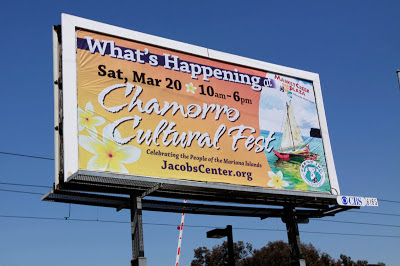Ten Weeks for the Tweed Protest

For the past 10 weeks, I've been writing columns for the Pacific Daily News providing historical context for the 1946 protest of US Navy Radioman George Tweed by more than a 100 Chamorus. Today marked my last column on the series. Although I did get a great deal more hate messages and a hateful comments during this series, I still greatly enjoyed writing these pieces. George Tweed was such an incredibly important symbol for Chamorus during the Japanese occupation. For me as a historian it is fascinating to think about how, just two years after the end of that occupation, more than a 100 Chamorus felt compelled to make signs and protest him when he returned to island. They didn't do this in the dead of night, but in the middle of the Plaza de España in front of the leadership of the US Navy on Guam. As I wrote in this last column, it was a multitude of things that compelled Chamorus to take this act, but many of them weren't about Tweed himself. Chamorus were frustrated th


